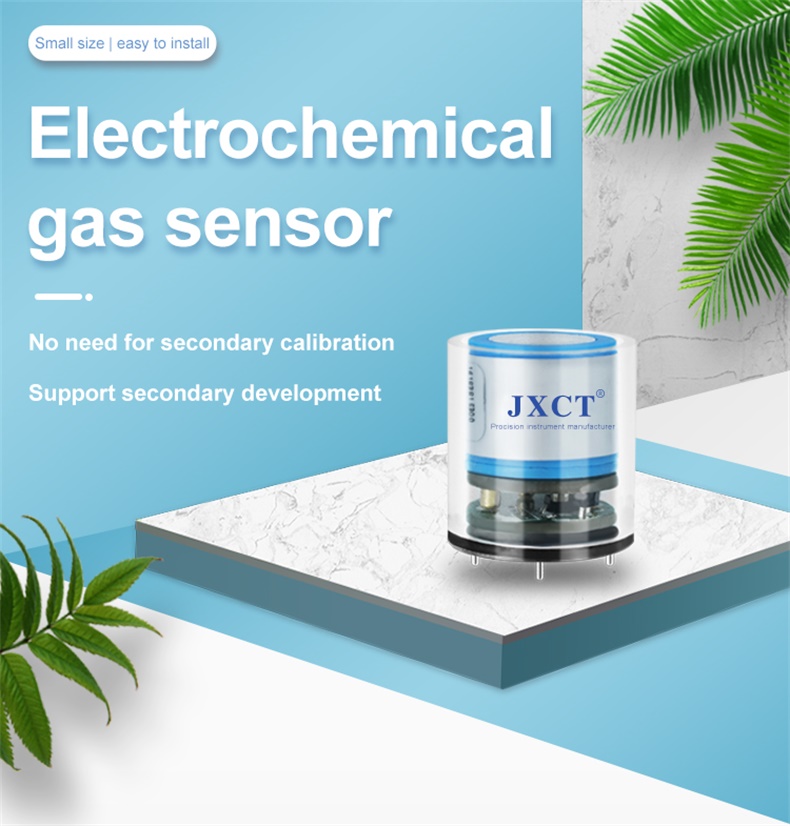The detection and monitoring of hazardous gases are essential in various industries, including environmental monitoring, healthcare, and food safety. Traditional laboratory-based analytical methods can be time-consuming, costly, and require specialized expertise. However, the introduction of portable electrochemical gas sensors has revolutionized gas sensing technology, allowing for real-time monitoring in the field.
Portable electrochemical gas sensors are small, lightweight devices that can detect and measure gas concentrations, mainly using chemical reactions between the targeted analytes and electrodes. These sensors allow for on-site analysis of the sample, providing immediate results compared to benchtop lab-based analysis. They are also designed to be user-friendly, with simple interfaces and easy-to-interpret results.
One of the primary advantages of portable electrochemical gas sensors is their ability to provide real-time data on-site. The instantaneous detection and monitoring of gas concentrations are crucial in several applications, including environmental monitoring, where the continuous monitoring of pollutants such as nitrogen oxides (NOx), carbon monoxide (CO), and sulfur dioxide (SO2) are necessary for public health. Portable gas sensors enable air quality assessment in real-time, providing insights into the levels of pollutants in the monitored environment.

Moreover, when it comes to workplace safety, portable electrochemical gas sensors offer a reliable means of detecting hazardous gases such as carbon dioxide (CO2), hydrogen sulfide (H2S), and ammonia (NH3). Continuous monitoring of these gases is crucial in ensuring the safety of workers, especially in high-risk environments like oil rigs or industrial settings.
Another application of portable electrochemical gas sensors is in the healthcare industry. The real-time monitoring of specific biochemical markers such as glucose levels, electrolyte concentrations, and metabolites is essential in the management of chronic diseases like diabetes, cardiovascular disease, and cancer. Portable sensors allow for immediate measurement of these markers, providing healthcare professionals with real-time data to use in treatment decisions and improving patient outcomes.
Furthermore, portable gas sensors are increasingly being used in food safety. The detection of toxic chemicals such as pesticides, antibiotics, and heavy metals has become essential in ensuring that food products are safe for human consumption. These sensors allow for rapid detection of target analytes during food production, thereby reducing the risk of contaminated products reaching consumers.
Despite their numerous advantages, challenges exist in the application of portable electrochemical gas sensors. One challenge is ensuring the durability of the sensors due to exposure to harsh environments in certain applications. The shock-proof, water-resistant, and dust-proof features must be considered when designing a sensor for particular environments.
Another challenge arises from the cost of manufacturing sensors embedded with advanced technology that offers high sensitivity, selectivity, and accuracy, making them potentially costly to produce. Moreover, some sensors may require calibration before deployment, meaning that regular maintenance is necessary.
In conclusion, portable electrochemical gas sensors have revolutionized the way hazardous gases are detected and monitored in various industries. Their small size, light weight, user-friendliness, and real-time capabilities make them ideal for on-site analysis in various applications from environmental monitoring to healthcare and food safety. However, challenges of durability, calibration, and cost remain, necessitating further research in sensor design and manufacturing technology. Continued advancement in these areas will ultimately lead to more efficient and reliable gas sensing technologies, advancing our ability to monitor gases in various applications, ultimately saving lives and improving our environment.
 : +86 155 8830 2704
: +86 155 8830 2704 : jxdziot@gmail.com
: jxdziot@gmail.com
